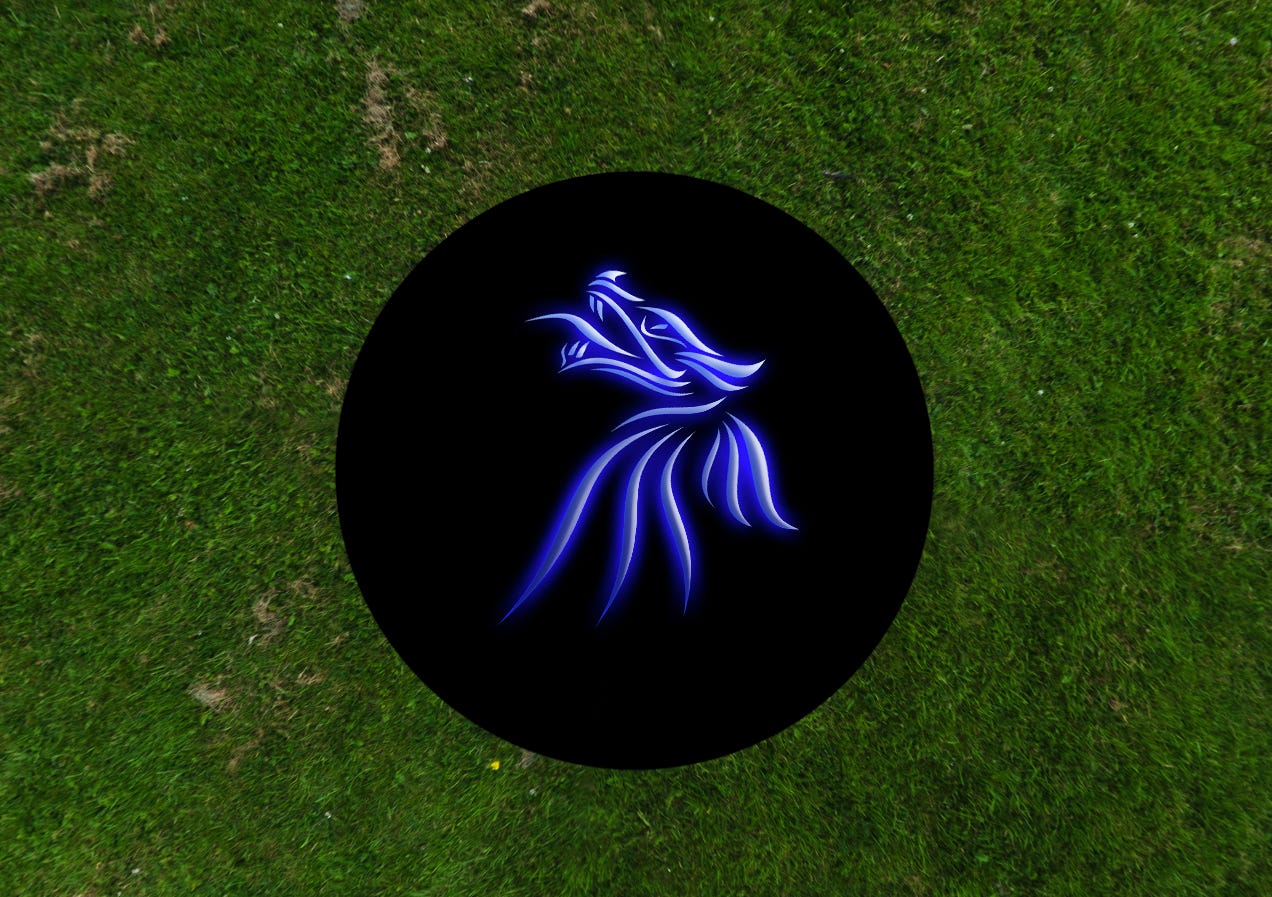Watermark the world
on Google Street View and who can claim ownership when a photo masquerades as land
The product known as Google Street View is just billions of images in a trench coat. The images come from two or thousands of sources, depending on how you count: Google itself, and [mostly unpaid] outside contributors. (I’ll let you guess how Google counts.)
If you’ve used Street View many times and didn’t realize some of it was scanned by everyday people, that’s by design: Google does its best to stitch together the photos seamlessly to give the impression of a perfect, objective representation of the world, despite the fact that the photos may be taken at different times, by different people, and that much of the world isn’t scanned at all.
On its own FAQ page, Google gives a non-answer to the question “Where do you get all those wonderful images?”
Through Street View, Google enhances its goal of providing useful and accurate imagery which can can be used for learning about the World around us. Google goes to great lengths to make sure that imagery is useful and reflects the World users explore.
There are moments of blunder, however, when the illusion begins to crack, and hints of human labor peek through. A glitch at the seam between two images, a tripod or appendage holding up an invisible camera, a shadow on the ground in the shape of a person.
But the blunder that is most intriguing to me is quite intentional, at least on the part of the users uploading Street View scans: watermarks, the fingerprint of the uploader, tattooed on the ground or hovering in the sky.
I pose a question (and like most good binaries, it’s a false one): Are these subversive attempts to make visible the hidden labor of Google Street View scanners (accomplishing what Andrew Norman Wilson’s ScanOps did for Google Books), or examples of good old fashion colonialism, planting a flag on public land and claiming ownership?
What would it look like for a watermark to declare “I am here” but not “here is mine”?







